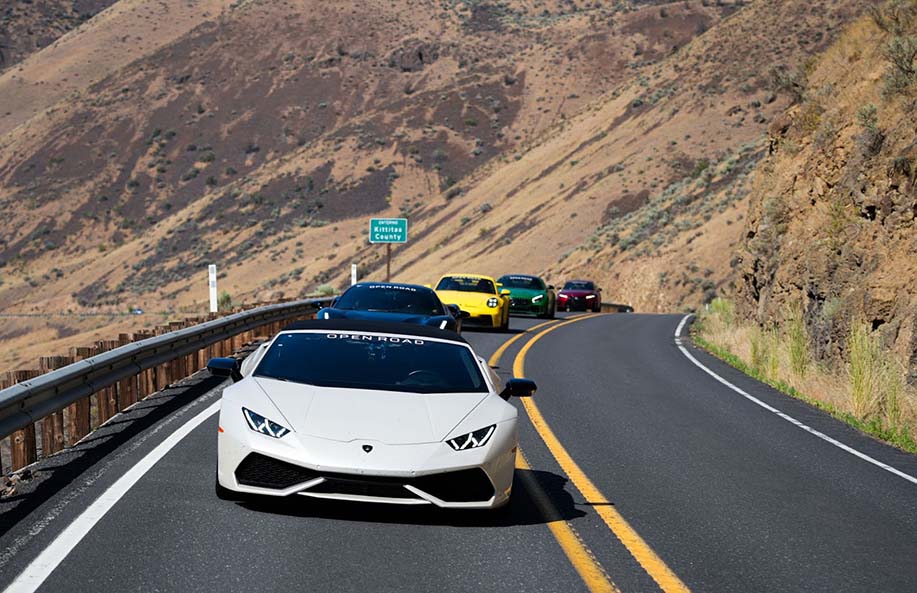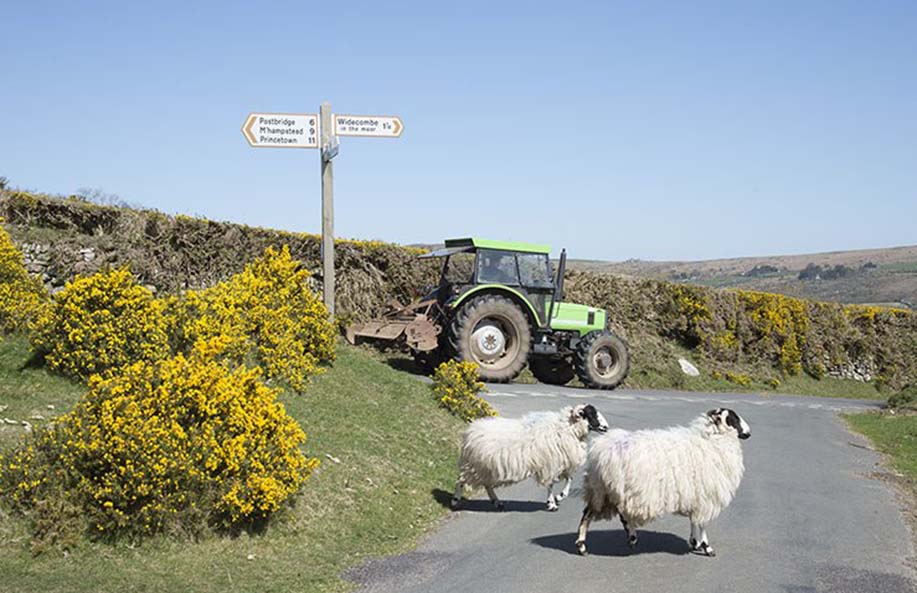1. The Road to Waikato: Setting Out in August
August in New Zealand still carries the cool breath of winter. The South Island remains capped in snow, while the North Island’s rolling landscapes take on a frostier tone, often blanketed in morning mists and the occasional drizzle. This was the month chosen to journey to Hamilton—a city nestled in the heart of the Waikato region, known for its verdant farmlands, mighty river, and a pace of life that strikes a balance between the pastoral and the progressive.
The decision to drive offered a chance to engage with New Zealand’s renowned highways—a network both beautiful and, at times, deceptively challenging. There’s a certain rhythm to long-distance driving in this part of the world. It rewards attentiveness and respect for the natural environment as much as it requires mechanical readiness and a good thermos of hot tea.
2. Planning the Route: Navigation Before Ignition
There’s wisdom in studying maps before the first turn of the key. With Hamilton as the final destination, several routes were considered, including the more direct drive from Auckland via State Highway 1, and a slightly more scenic alternative through State Highway 27 for those seeking fewer traffic clusters. GPS assistance was enabled, but not entirely relied upon. Devices fail; maps don’t forget.
The chosen path was SH1, direct yet engaging, offering enough road variation to stay alert and enough stops to savor the journey. August demands more than just GPS, however. One must check road conditions on the Waka Kotahi NZ Transport Agency site, paying attention to weather warnings, fog advisories, and any slips or roadworks common during the tail end of winter.
3. Vehicle Preparation: Cold Months Call for Caution
August can be unpredictable. Morning frost, occasional hail, and cooler temperatures mean the car must be up to the task. A week prior, the vehicle underwent a full check: tires inspected for tread depth and inflation, wiper blades replaced (a necessity when driving into wind-swept rain), and the battery tested, as low temperatures strain even the sturdiest of units.
Antifreeze levels, oil, and brake fluid were topped up. Snow chains weren’t required, but it’s not unheard of to encounter icy patches near higher elevations. A safety kit, complete with high-visibility vests, flashlight, first aid kit, and reflective triangles, took residence in the trunk. Experience has shown that preparation is less glamorous than spontaneity, but infinitely more reliable.

4. On the Open Road: Driving Etiquette and Realities
With the car warmed and coffee in hand, the wheels hit the tarmac just after dawn. New Zealand highways are known for their twists and turns, particularly as one ventures inland. They demand a certain humility—respect for posted speed limits, even when the roads feel empty, and a mindfulness of signage indicating one-lane bridges or livestock crossings.
The limit on open roads is 100 km/h unless otherwise posted, but this isn’t an invitation to press the accelerator without regard. Local drivers tend to follow the speed limits with reasonable consistency, but what stands out most is the courtesy. Use of the passing lane is disciplined; slower vehicles often pull over slightly at designated slow-vehicle bays, allowing faster traffic to pass safely. Flashing headlights to warn of road hazards is common, and acknowledging drivers with a nod or a quick wave is a quiet cultural norm.
5. Navigating Weather and Visibility Challenges
August’s skies do not always grant clear passage. Mist often drapes across the valleys like sheer curtains, particularly in the early morning or as evening approaches. Fog lights came in handy near the Bombay Hills. Visibility dropped dramatically for several kilometers, demanding reduced speed and full concentration.
Windshield defogging became a near-constant chore, even with the car’s internal climate control doing its best. Headlights were kept on at all times, not just for visibility but for being seen. One-lane bridges, a uniquely New Zealand feature, demand extra attention. Yielding is not optional—signs clearly mark which side has right of way, and there’s no excuse for ignoring them in the name of urgency.
6. Roadside Stops: The Value of Breaks
Driving for hours without pause is not a badge of honor but an unnecessary risk. Regular breaks were planned and respected. Pokeno made a pleasant first stop, offering its famous ice cream (yes, even in August) and a chance to stretch the legs. Further along, Huntly provided both fuel and food, as well as a clear view of the Waikato River—the ribbon of water that defines this region.
Rest stops in New Zealand are clean and thoughtfully placed. Many offer sheltered picnic areas, restrooms, and stunning views. It’s not just about resting the body but also recalibrating the senses. Tired eyes miss details, and on New Zealand roads, details matter.
7. Rural Driving: Livestock, Lanes, and the Unexpected

Approaching Hamilton, the roads begin to shift—less urban, more rural. Fences line paddocks of sheep and cows, and occasionally, the livestock themselves appear on or near the road. Slowing down isn’t merely advised; it’s common sense. Animals do not obey traffic laws.
Unsealed roads branch off the main route, tempting exploration. However, August’s moisture-soaked soil means that gravel driving should be approached with caution. Reduced speed, a firm grip on the wheel, and eyes scanning far ahead become essential. It’s easy to underestimate the slipperiness of damp gravel or the way potholes can hide in shadows.
8. Fueling Strategy: Don’t Tempt the Gauge
Though distances between towns aren’t massive, relying on the last quarter of a tank to get through rural stretches is unwise. Fuel up when the opportunity arises—particularly in smaller towns where operating hours are shorter. Stations like Z, Mobil, and BP are reliable, but in less populated areas, some stations may operate on pay-at-the-pump systems only.
A full tank in Auckland meant no urgent need to stop before Huntly, but old habits prevailed. A top-up was added, if only for peace of mind.
9. Defensive Driving: Mind on the Mirror
Rearview and side mirrors remained in frequent use. Tailgaters occasionally appear—less so than in larger countries, but they exist. The proper response: signal, pull over at a slow-vehicle bay, and let them pass. It’s neither shameful nor inconvenient. One must not take pride in blocking another’s path.
On winding roads, cornering technique becomes crucial. Braking should occur before the turn, not during it. Slow in, steady out. Overconfidence in grip or familiarity with the terrain leads many into ditches or worse. The goal is not just arrival, but arrival with dignity intact.
10. Arrival in Hamilton: The Final Approach
As the outskirts of Hamilton grew near, traffic increased, but not oppressively so. Roundabouts replaced long straights, and urban signage took over from scenic markers. The speed limit dropped accordingly. Patience returned as the dominant virtue.
Hamilton’s layout favors clarity. The river serves as both a boundary and a guide. Navigation to the accommodation was straightforward. Parking was easier than anticipated—another small mercy in a day marked by methodical caution.



